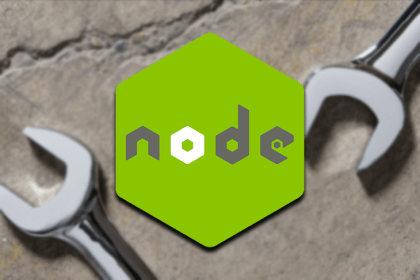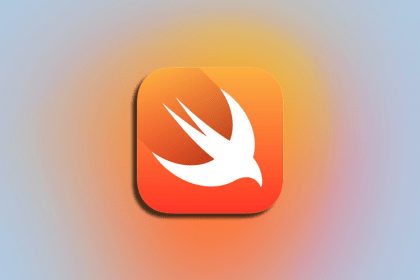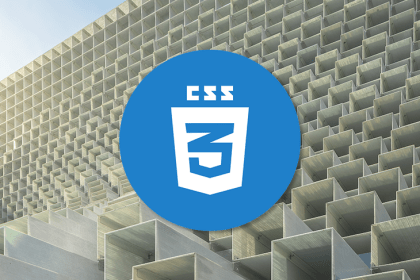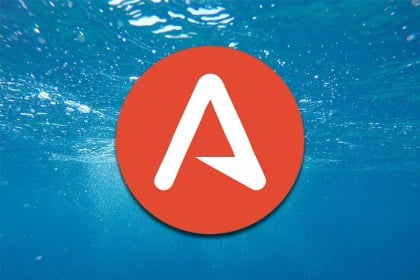
In this article, you’ll learn how to create a CLI tool using Node.js, test it, and then publish it on npm.

A strong grasp of JavaScript data structures could help you ace your next interview and perform better in your day-to-day job.

See how Swift’s protocol-oriented programming makes building objects easier and more efficient for developers.

Compare two methods for data persisting in Docker, volumes and bind mounts, and discover which method will be more performant based on your use case.

Learn how to align elements and distribute space within a flexbox layout by building and styling a calculator UI.

If you’re looking to simplify state management in React, learn about Hookstate, an incredibly fast and flexible state management tool.

Kotlin offers many benefits over “plain” Java. This guide demonstrates how to replace dated POJO boilerplates using Kotlin’s more elegant data classes.

Supercharge your Flutter development workflow with this list of essential VS Code extensions, including explanations of their functions.

Swing through this tutorial on an alternate method of handling authentication using Vuex, Vue Router, and Auth0.

This tutorial covers how to build a Deno plugin using Rust and create an async plugin using Rust futures and the deno_core crate.

Create a parser to handle raw text inputs with the ANTLR toolkit and webpack in this step-by-step tutorial and example build.

See how utilizing Sanity CMS in Next.js apps can provide better content management when building apps or websites.